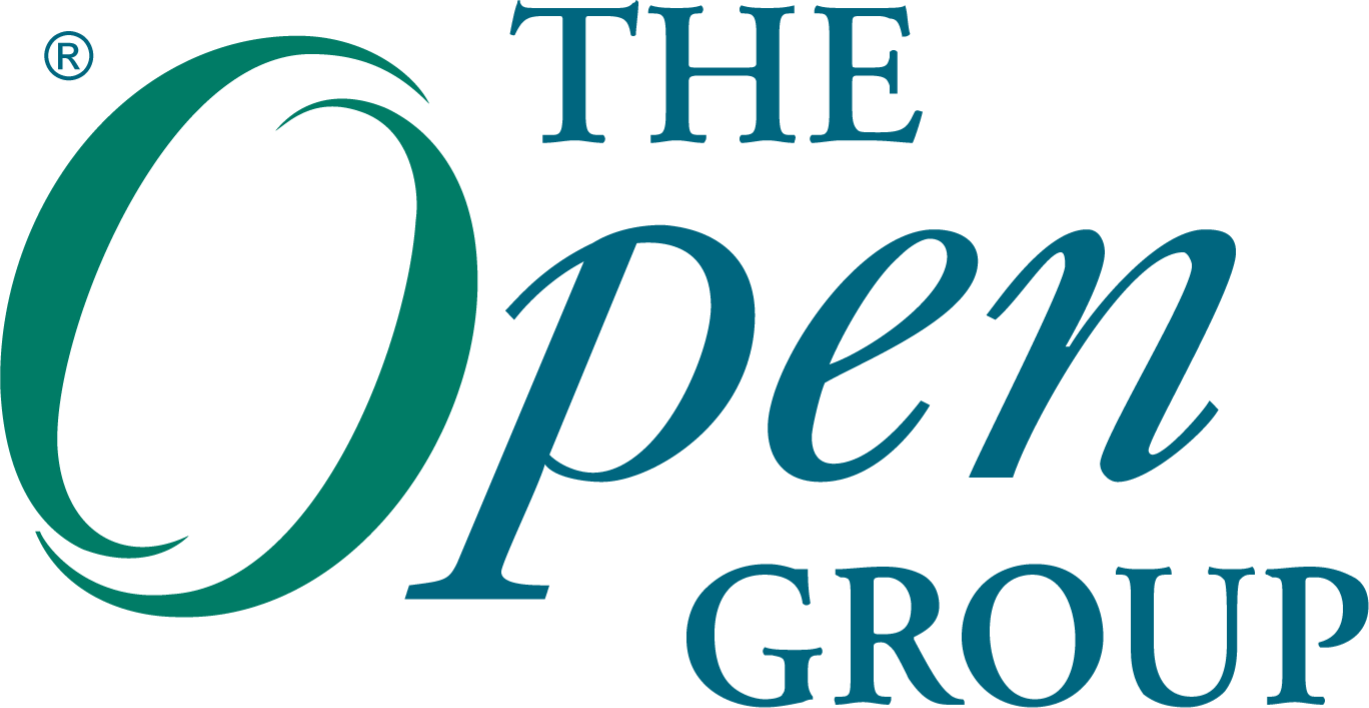ArchiMate 3.2 Standard Released
The Open Group is thrilled to announce the release of ArchiMate 3.2, the latest official specification of the ArchiMate modeling language for Enterprise Architecture. This language provides Enterprise Architects with a comprehensive toolset, enabling them to describe, analyze, and visualize the relationships among various business domains in a clear and consistent manner.
The transition from ArchiMate 3.1 to 3.2 brings several important changes and improvements to the specification. Some of the key updates include:
Enhanced definitions of several concepts, specifically outcome, constraint, business function, and product.
The integration of Physical elements into the Technology Layer chapter, replacing its separate chapter.
A reworked Technology Layer metamodel, changing device, system software, facility, and equipment from subtypes of node to technology internal active structure element, and introducing composition and aggregation relationships with node.
New composition and aggregation relationships from plateau to outcome, and realization from material to equipment.
Enhanced restrictions on derivation rules detailed in Section B.3.5.
The addition of a derivation rule for grouping.
Updated icon notations for several elements, including meaning and communication network elements, work package, and the addition of new box notations for meaning, value, business object, contract, representation, work package, and deliverable.
The default color for plateau and gap elements has been changed to match the pink of other Implementation and Migration elements.
This exciting release is intended for a broad audience including Enterprise Architecture practitioners such as architects, senior and operational management, project leaders, and those dedicated to working within the reference framework defined by Enterprise Architecture. This release also provides detailed language descriptions beneficial to those who aim to implement the ArchiMate language in a software tool. The academic community will also find this release invaluable, offering a reliable foundation to enhance the language based on cutting-edge research results in the architecture field.
